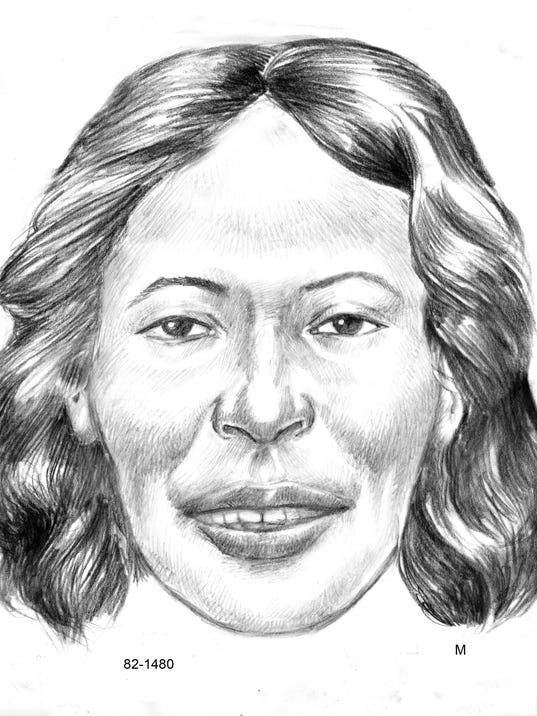Register online before Halloween for Sisters in Crime’s day with forensic science experts, a homicide detective, a cadaver dog handler, and an arson investigator – to be held just before Bouchercon, on Wednesday, November 12!
Hear from outstanding professionals on processing crime scenes, trace evidence, medical serial killers, cadaver dogs, homicide investigation, and arson investigation. Try your hand at going over a crime scene. All of our experts have experience in the fields they’ll be talking about. You don’t need a science background — just an interest in how scientists and investigators do their work!
Sisters in Crime is sponsoring this all-day forensic science workshop for its members on the day before Bouchercon. You’ll not only hear from these outstanding experts, you’ll have opportunities to ask questions, learn how to get more information, and get tips on use forensic science research in your writing. A box lunch is included. An all-day forensic science seminar, including a box lunch, for $50.00! The event will be held at the Renaissance Hotel in downtown Long Beach.
Sign in as a member, then click on the SinC Into Great Writing VI link, then on “Workshop Registration” just below the title of the event. (Not a member? Join! See the website to learn all about the benefits of membership.)
Here’s what we have planned:
7:30 - 8:00 am: Registration
8:00 - 8:10 am: Welcome and introduction by Hank Phillippi Ryan. Logistics announcements by Jan Burke
8:10 - 9:00 am: Crime Scene Processing with Donald Johnson
Don Johnson is a professor of forensic science at CSULA and director of the criminalistics program there.
9:00 - 9:50 am: Medical Serial Killers with Beatrice Crofts Yorker
Internationally recognized expert on medical killers, Bea Yorker is the Dean of of the College of Health and Human Services for CSULA, of which the university's forensic science programs are a part.
9:50 - 10:05 am: Break
10:05 - 10:55 am: Trace Evidence with Katherine Roberts.
Like our other experts from CSULA, Dr. Roberts is an extraordinary forensic science researcher with practical experience. She will tell us all about the latest breakthroughs in trace evidence, and what can be learned from it. She is the interim director of the California Forensic Science Institute.
10:55 - 11:25 am: Question and Answer Session for morning speakers
11:25 - 11:55 am: Lunch Break (box lunch provided)
11:55 - 12:40 pm: Hands On Death Investigation: "Two dead at scene."
You are the trainee detective called out to investigate a double murder. Be on time! Be prepared! Bring your notepad and pen! Veteran LASD Homicide Detective Elizabeth Smith will provide an interactive experience for you in crime scene investigation.
12:40 - 1:30 pm: Working with Dogs to Find Human Remains
Cat Warren is a cadaver dog handler and the author of a fascinating book on working dogs, What the Dog Knows.
1:30 - 1:45 pm: Afternoon break fruit/sodas/coffee/tea provided
1:45 - 2:35 pm: Arson Investigation
Bob Cheng, Captain of the Arson Investigation Unit of the Long Beach Fire Department, will talk to us about the science of fire investigation.
2:35 - 3:15 pm: Question and Answer Session for afternoon speakers
3:15-3:30 pm Break
3:30-4:30 What Writers Need to Know about Forensic Science and How to Learn More About It
This will be an interactive session. Jan Burke will talk to you about both the benefits of using forensic science in your writing and some pitfalls to avoid. She’ll tell you how to research forensic science and spend time answering your questions. She’ll also be available after the event to offer you further help.




